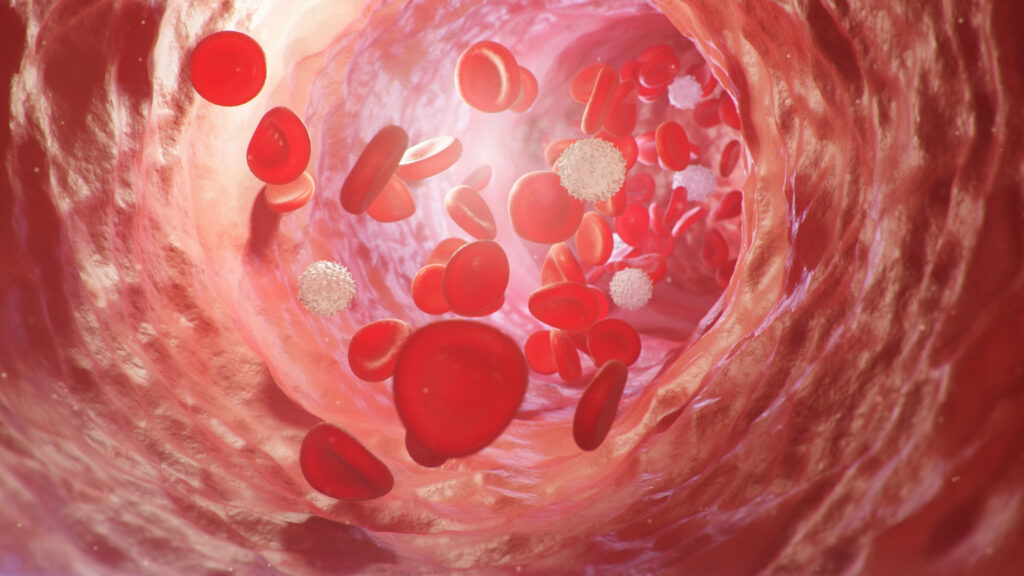Hematology


Anemia
Anemia is a condition characterized by a deficiency of red blood cells or a low concentration of hemoglobin in the blood. Hemoglobin is responsible for carrying oxygen from the lungs to the body’s tissues. When there’s a shortage of red blood cells or hemoglobin, the body doesn’t receive enough oxygen, leading to symptoms like fatigue, paleness, and weakness.

ITP (Immune Thrombocytopenia)
ITP is an autoimmune disorder where the immune system mistakenly attacks and destroys platelets, the blood cells responsible for clotting. This can result in a low platelet count, leading to increased risk of bleeding, easy bruising, and small red spots on the skin.

Thalassemia
Thalassemia is a genetic blood disorder that affects hemoglobin production. Individuals with thalassemia have either reduced or abnormal hemoglobin, leading to anemia. Symptoms can range from mild to severe, depending on the type of thalassemia.

Hemophilia
Hemophilia is an inherited bleeding disorder, often caused by a deficiency of clotting factors in the blood. This leads to prolonged bleeding after injury, surgery, or even minor cuts. Hemophilia is usually categorized as hemophilia A (factor VIII deficiency) or hemophilia B (factor IX deficiency).

Aplastic Anemia
Aplastic anemia is a rare condition where the bone marrow fails to produce enough blood cells, including red blood cells, white blood cells, and platelets. This deficiency results in fatigue, frequent infections, and bleeding issues.

Fanconi Anemia
Fanconi anemia is a rare genetic disorder that primarily affects the bone marrow, leading to decreased production of blood cells. It can cause a range of health problems, including an increased risk of cancer.

Immunodeficiency
Immunodeficiency refers to a weakened or compromised immune system, making the body more susceptible to infections and illnesses. This can be due to genetic factors, diseases like HIV/AIDS, or medical treatments.

Cytopenia
Cytopenia is a condition characterized by a deficiency of one or more types of blood cells, such as red blood cells (erythropenia), white blood cells (leukopenia), or platelets (thrombocytopenia). It often results from bone marrow disorders or certain medical treatments.
